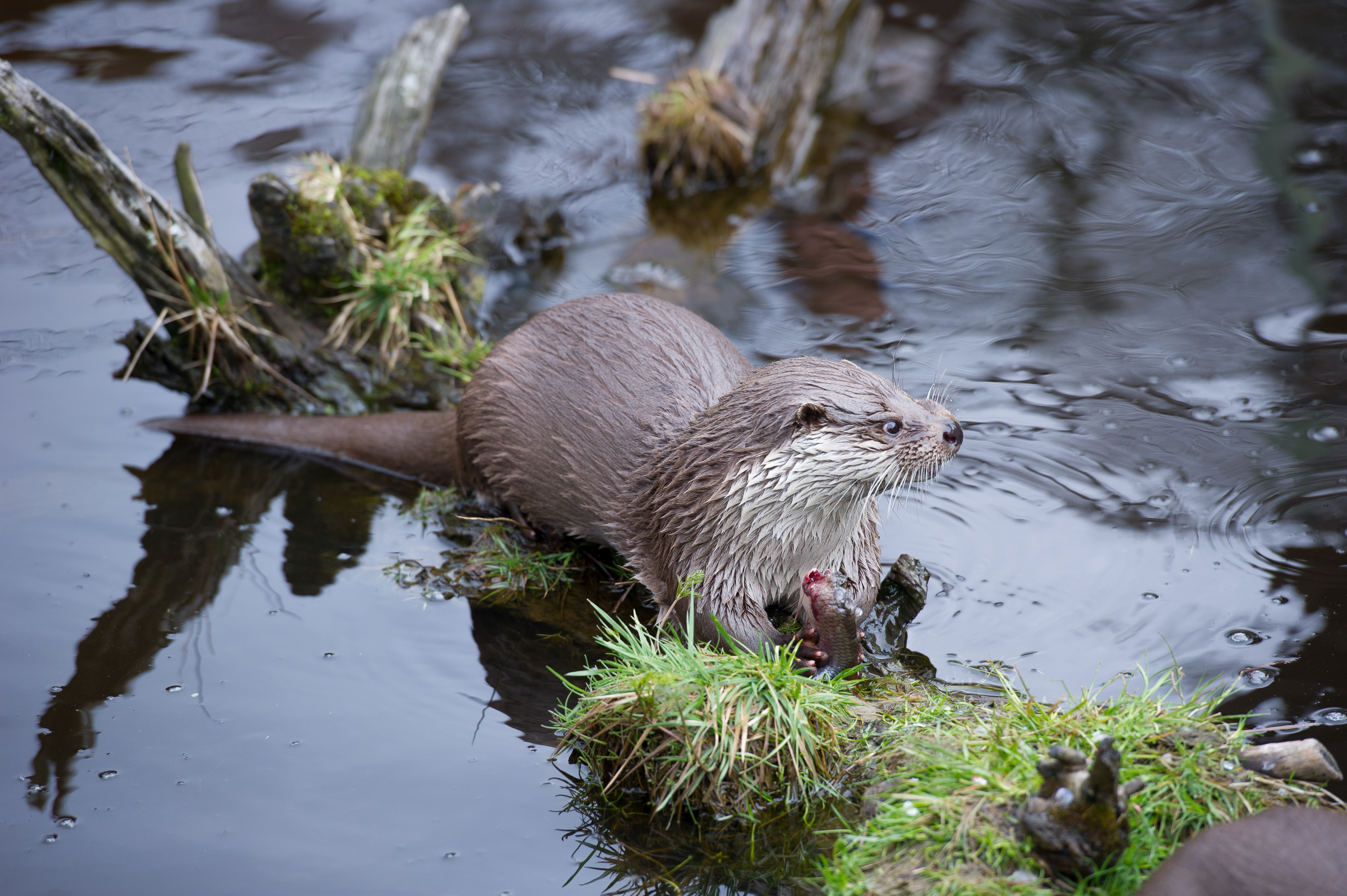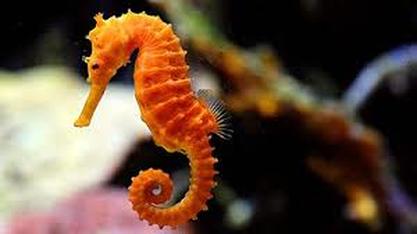Caring For Baby Otters

An otter is a fast swimmer.
Otters are mammals that live in every continent except Australia and Antarctica. Otters have webbed feet and a flat tail to help them swim through the frigid water. Otters live in oceans, lakes, and rivers and are found in the shallow waters of the Northern Pacific Ocean. Sea Otters have two layers of fur to protect them from the freezing water. Otherwise if they didn’t they would freeze. When baby otters are born, they can float in the water right away. However that’s not all the facts about baby otters.
About Otters
Otters are both carnivores and mammals. The average mother otter usually gives birth to 1 to 2 pups. The pups’ mother will stay with her babies for 6 months until her pups develop their survival skills overtime. The mother otter cares for her pups so they will be ready when they venture on their own. In fact sea otters have been swimming in the sea for more than 5 to 23 million years ago.
Monterey Bay Aquarium
The Monterey Bay Aquarium is working to help save and preserve baby otters. They will most importantly use gloves and masks around the pup so the pup does not get used to people. Second of all they will feed the pup milk in exchange for its mother’s milk. Next they will move the pup into a big tank where they are taught by an adult otter. The adult otter will care for the pup and teach the pup survival skills to help them when they are released back into the wild. Once the pup is ready to go back into the wild, the aquarium staff will take the otter in a boat and release it out into the ocean. The Monterey Bay aquarium wants to save and build the population of otters however it is not easy.
Mother Otters Care in the Wild
A mother otter will teach her pup different kinds of skills. For example swimming, walking, diving , rolling and hunting for themselves. The mother otter will keep her pup on her chest until her pup learns how to swim. A baby otter will usually learn how to swim four months after birth. A mother otter will wrap her pup in seaweed when she goes off to hunt so the pup will not float away. The pup’s mother feeds on crabs, snails, shrimp, squid, wood frogs, European fish, and rainbow trout. A mother otter and her babies’ will sleep in kelp beds in the ocean.
Baby sea otters are in trouble because their mother may sometimes get separated and the pup cannot survive because it needs its mother to live. Otters are predators meaning they help control the population of food species they prey upon. Not only are otters extremely important in our world, like all animals; they all surve a purpose in this world. Humans need to start to help save the population of otters.
Alexander Leisser, CC BY-SA 4.0 <https://creativecommons.org/licenses/by-sa/4.0>, via Wikimedia Commons





